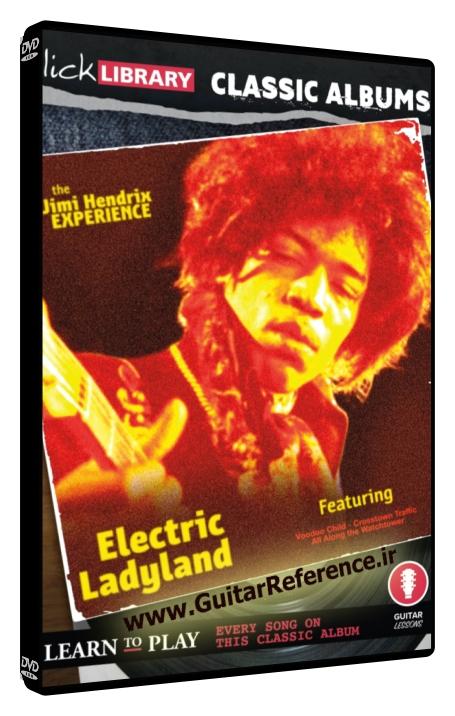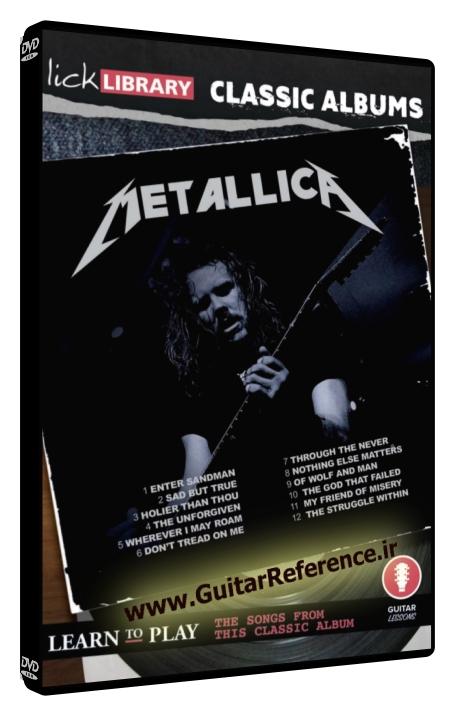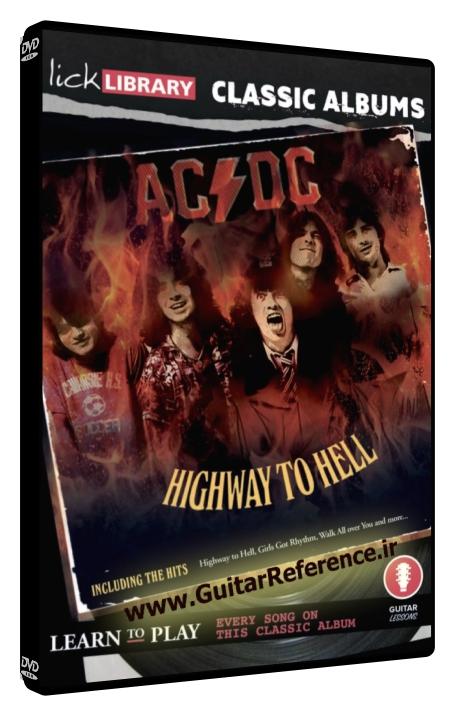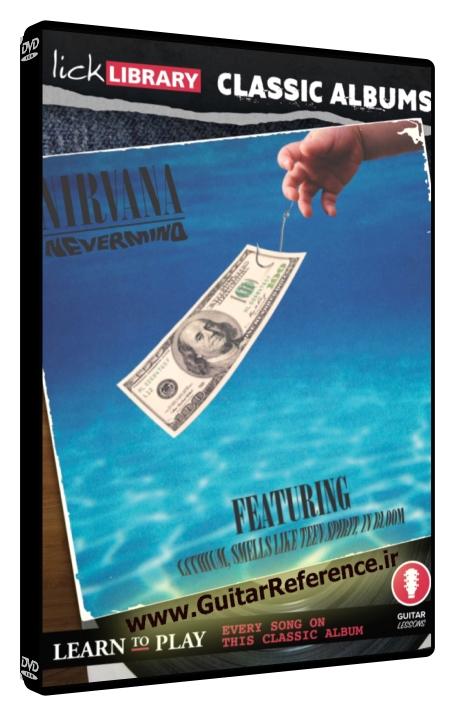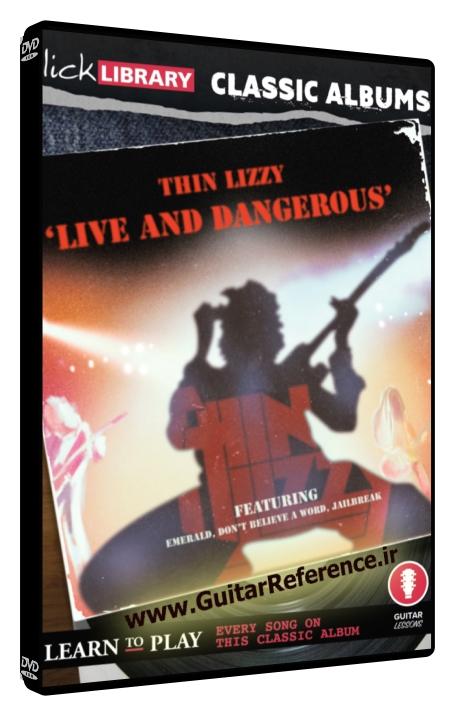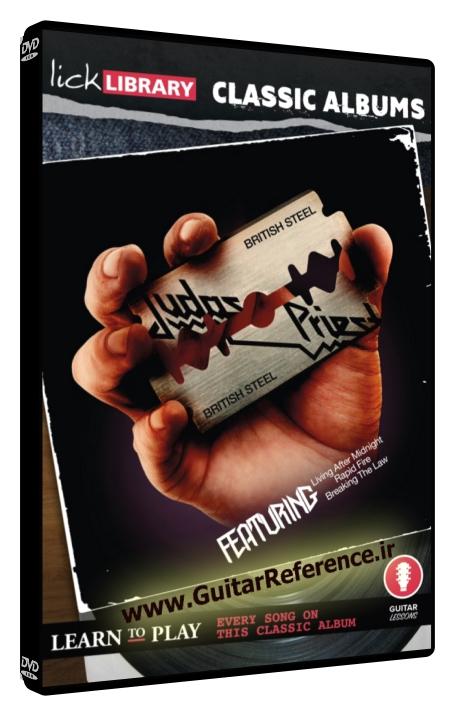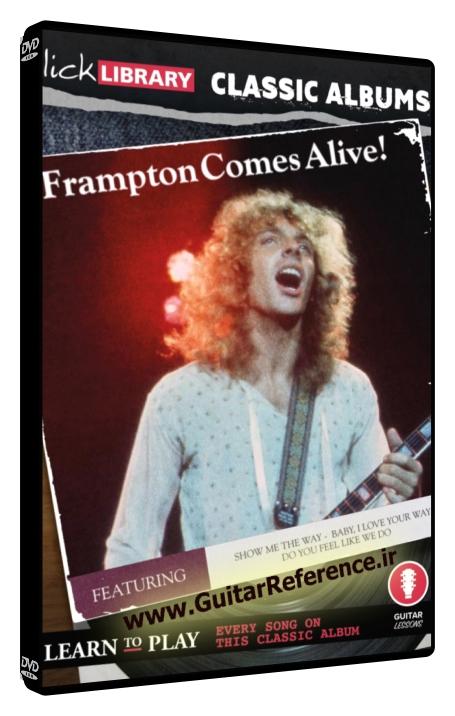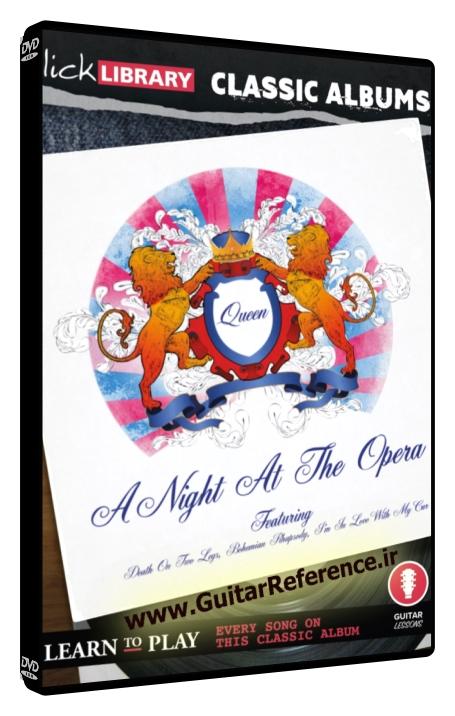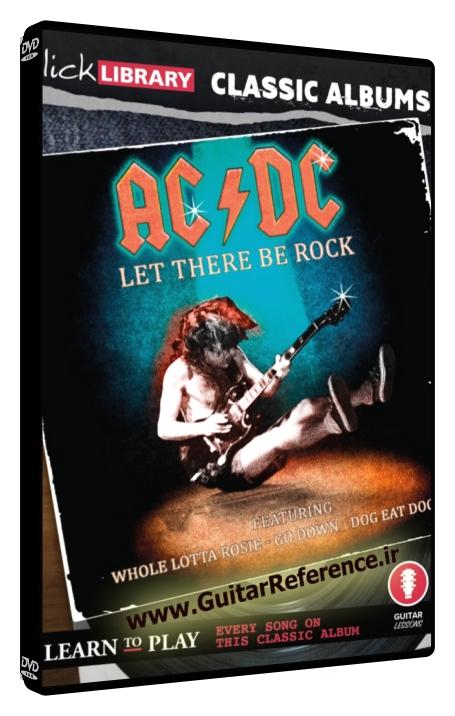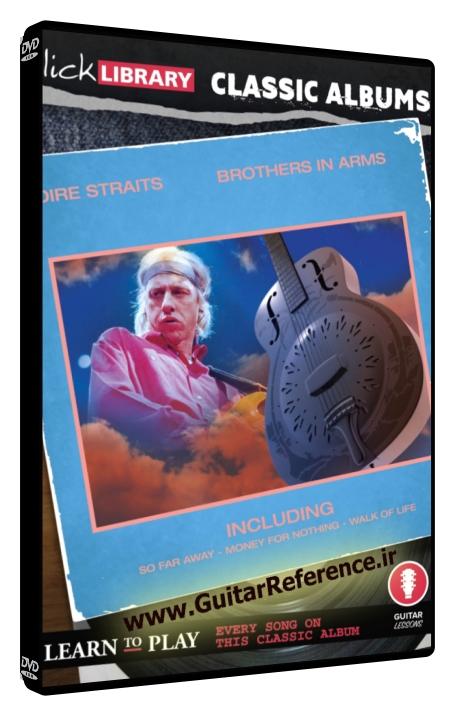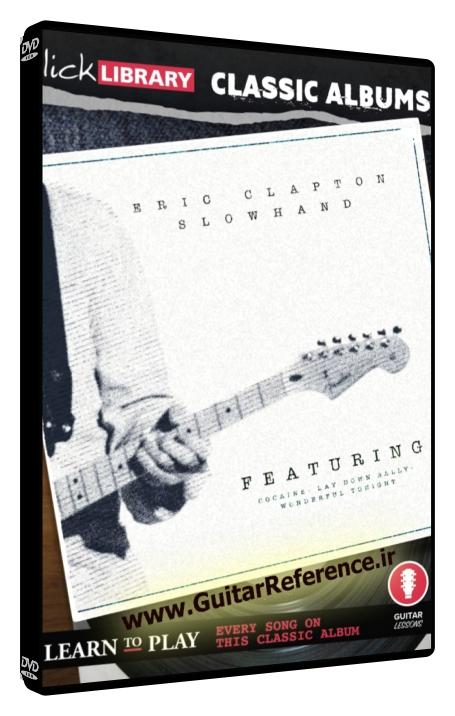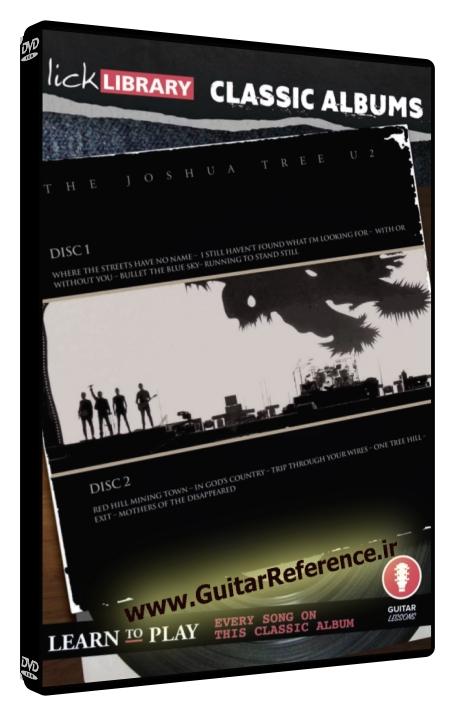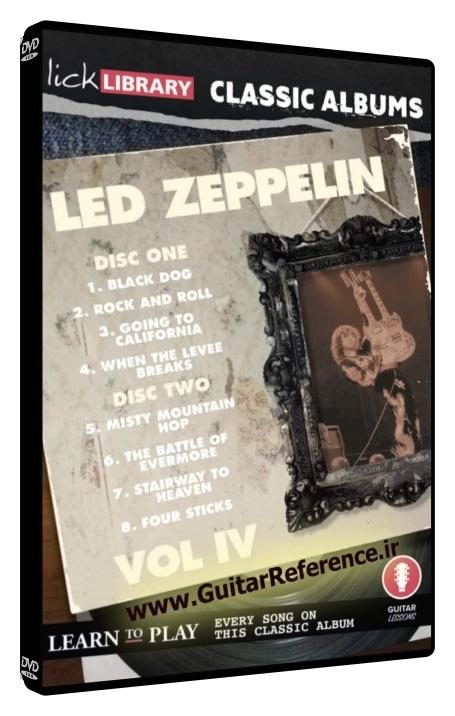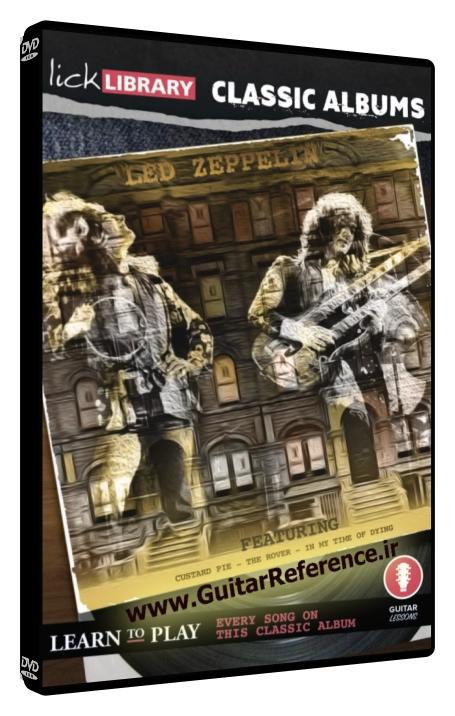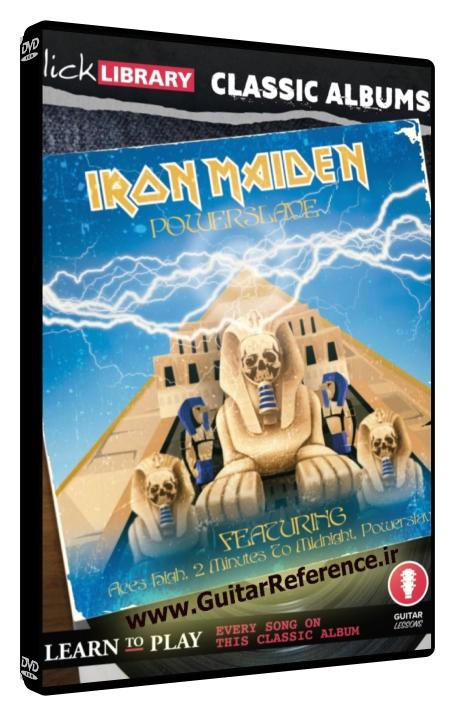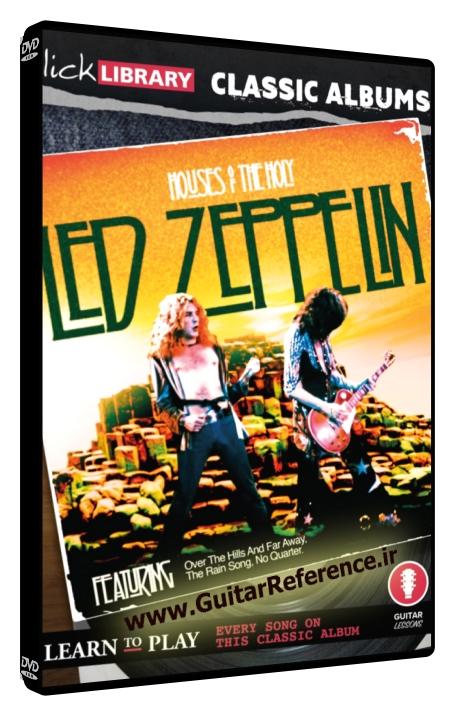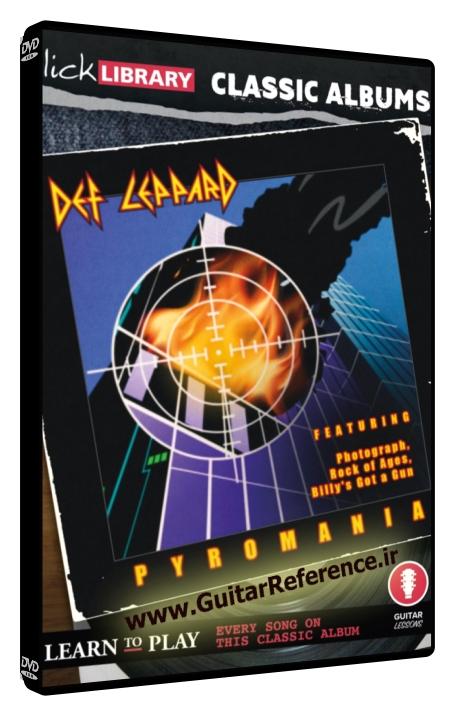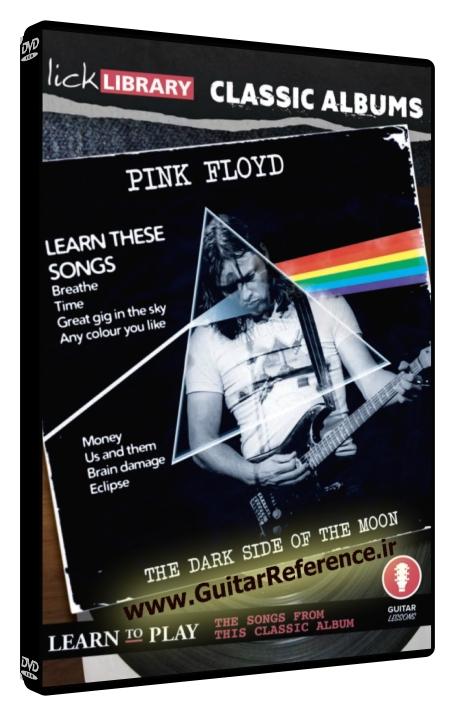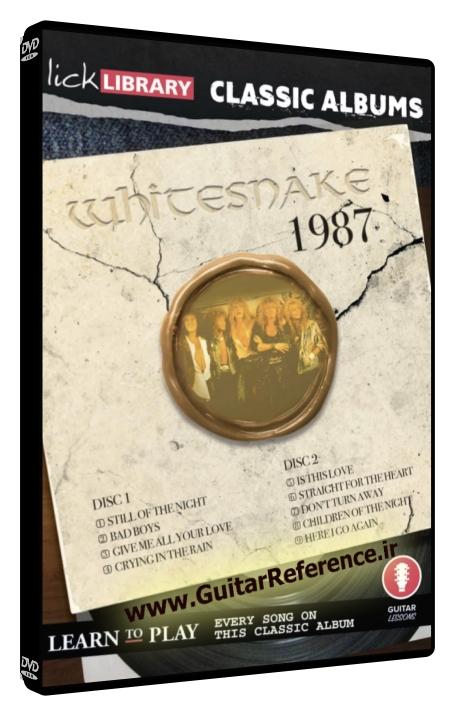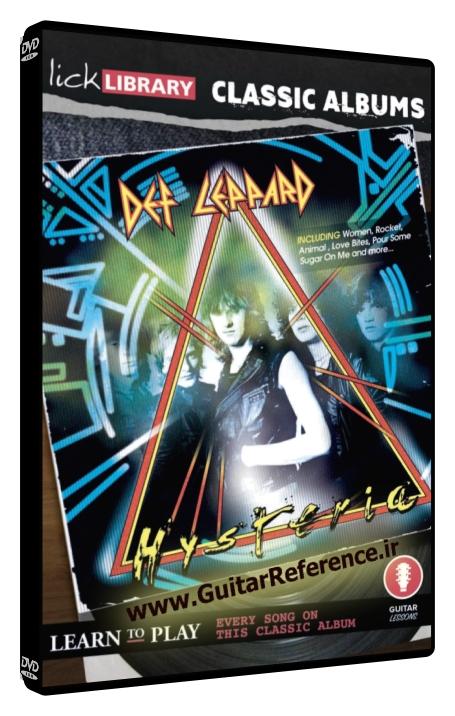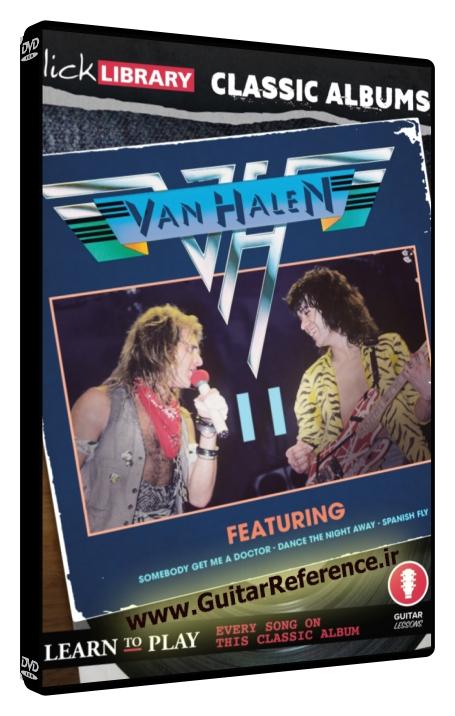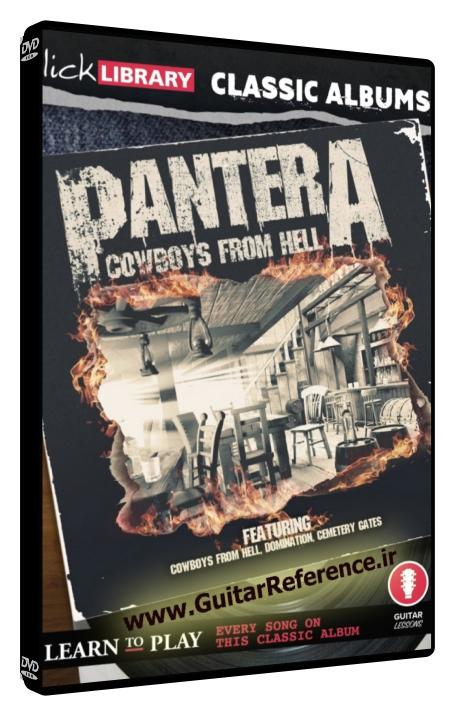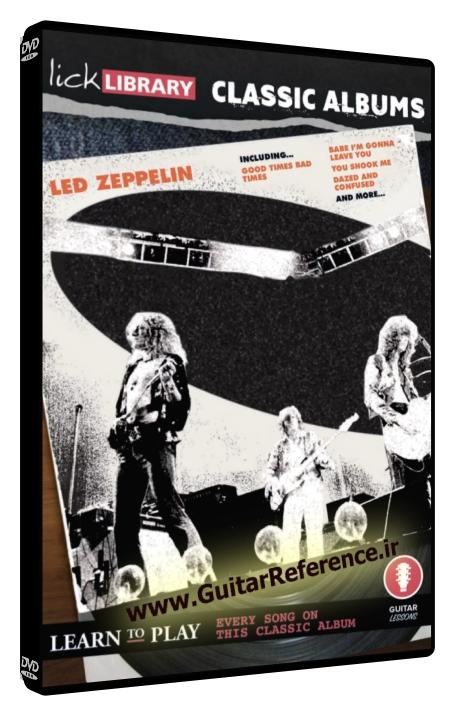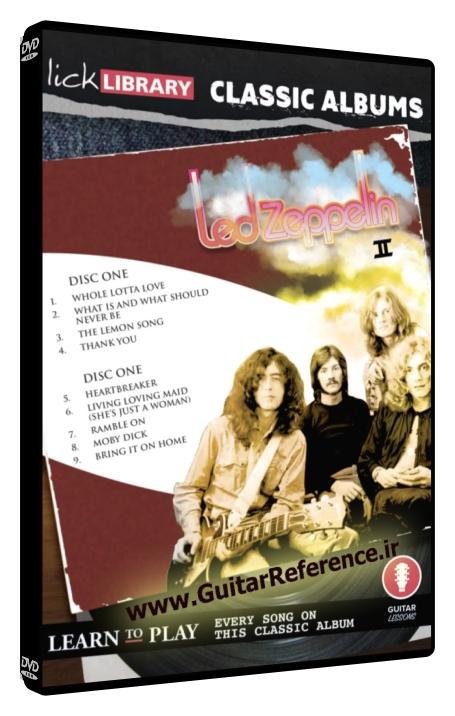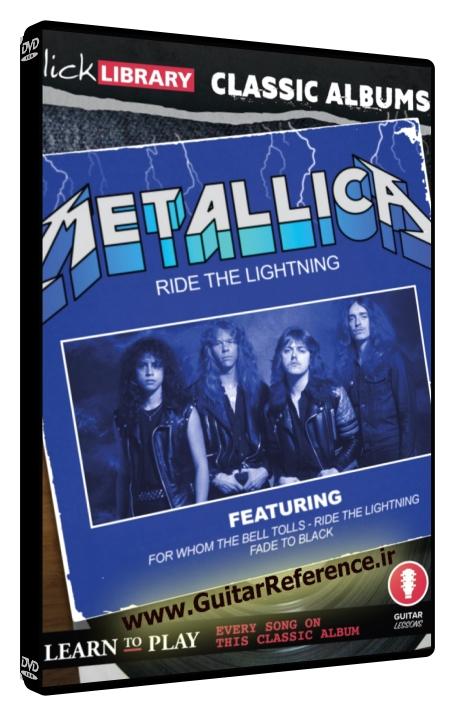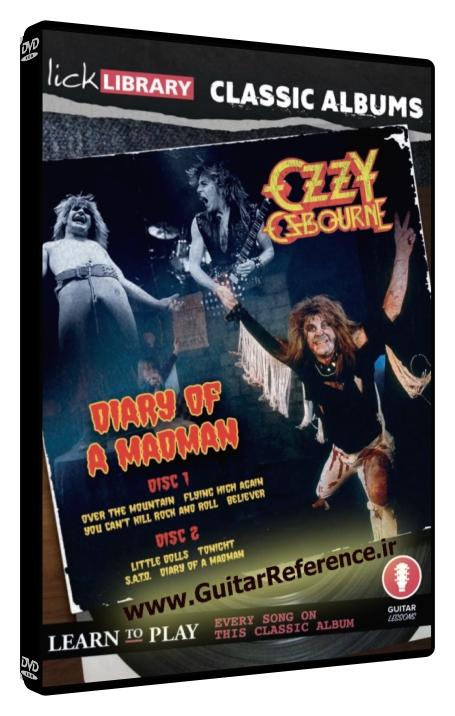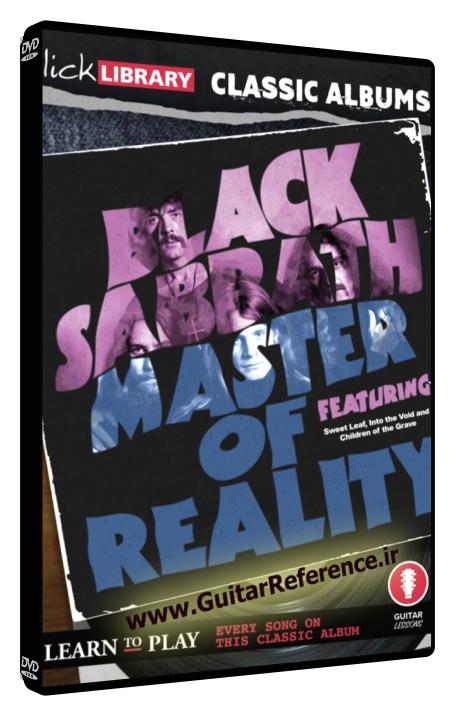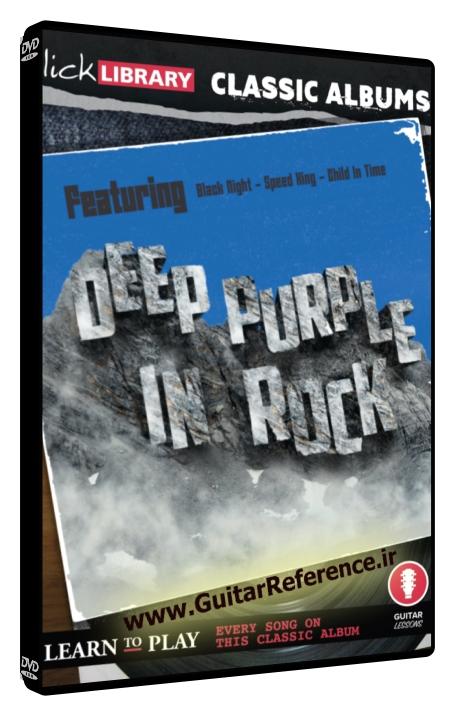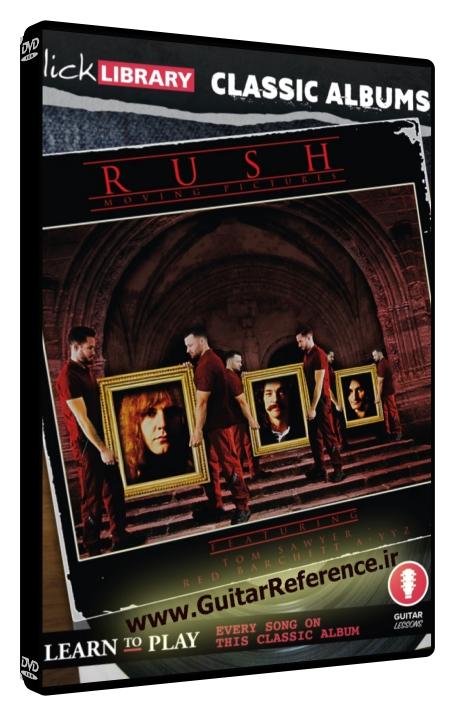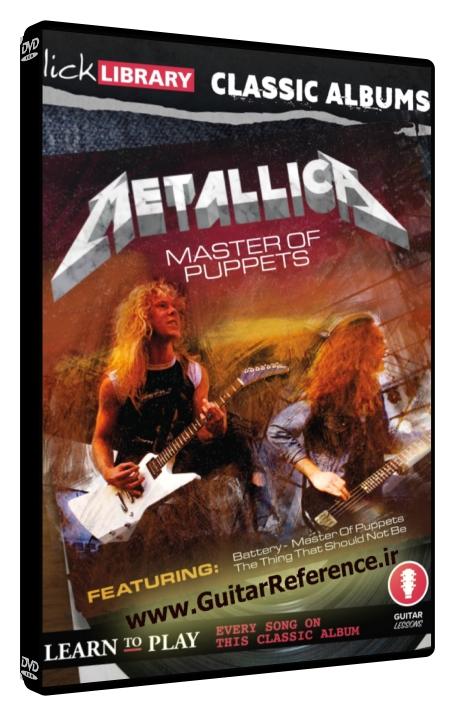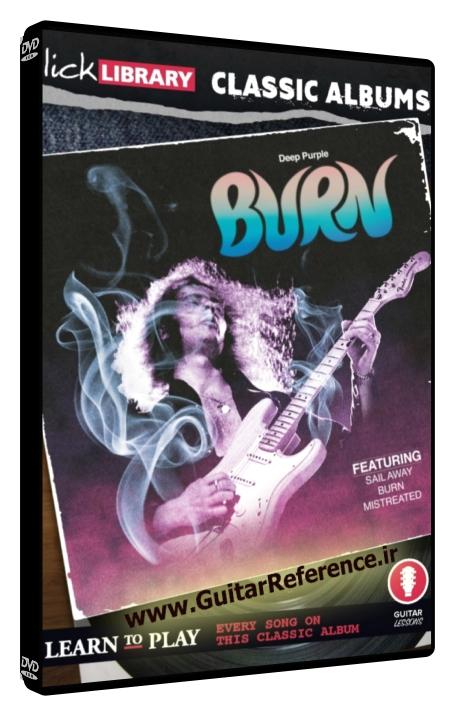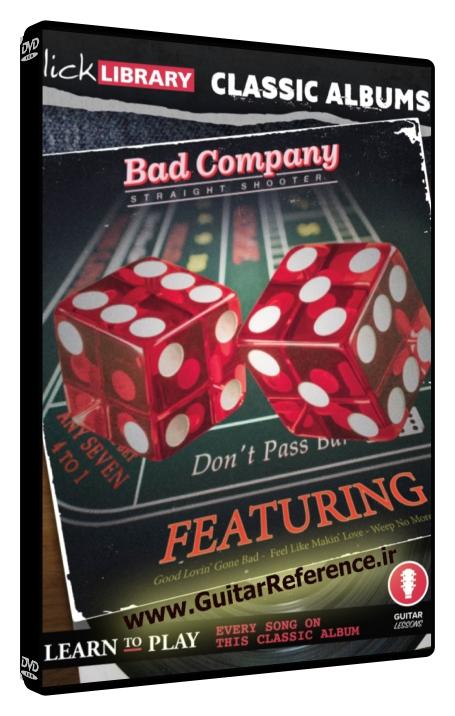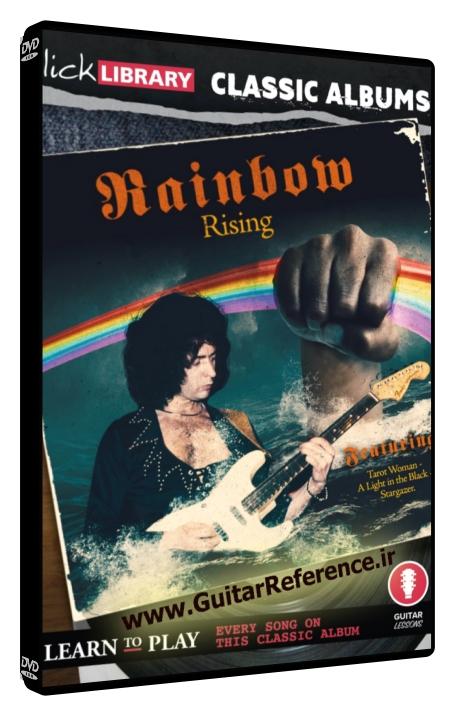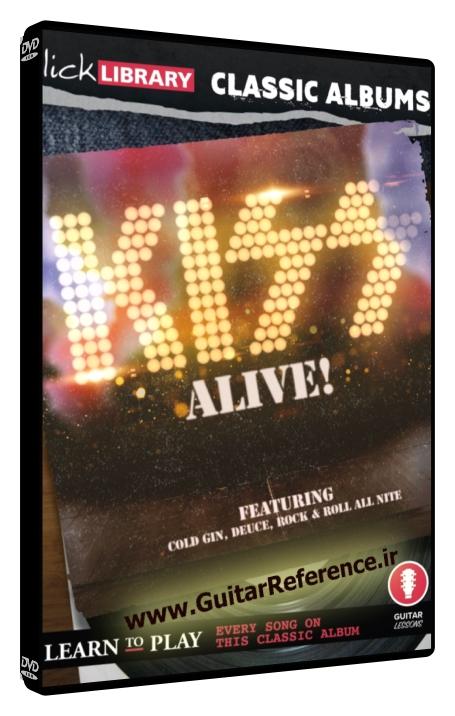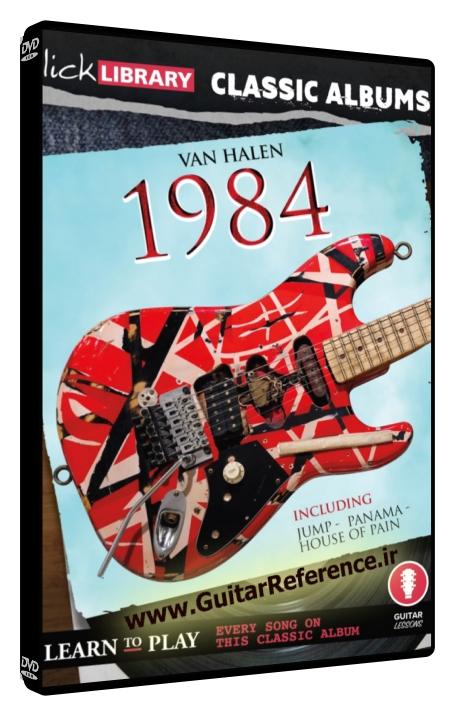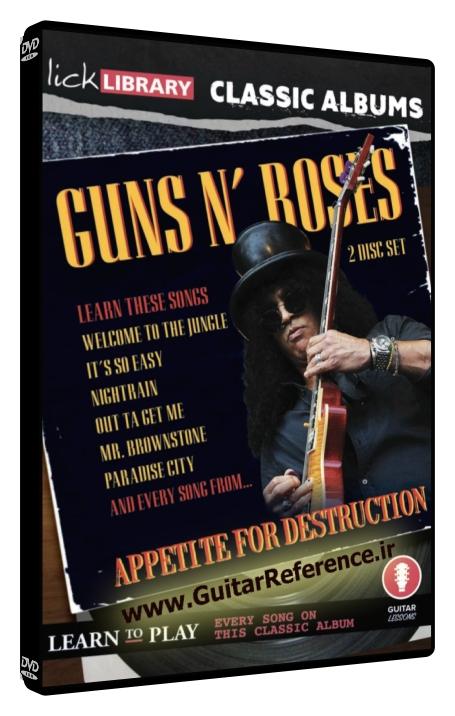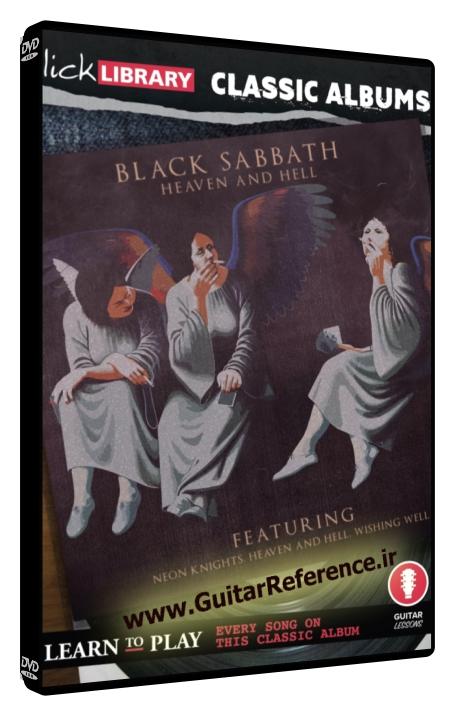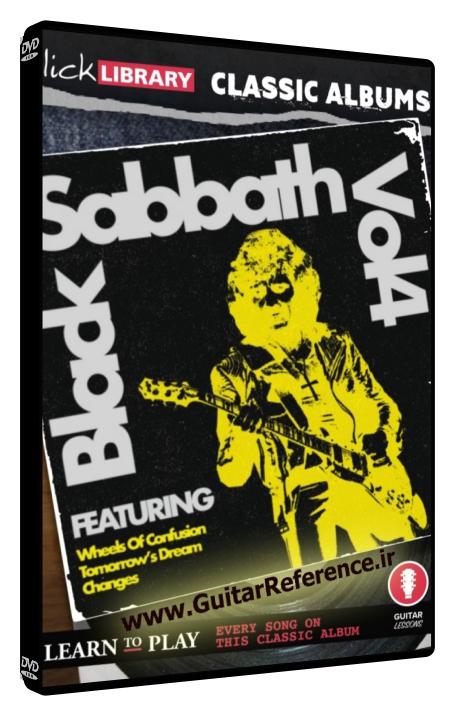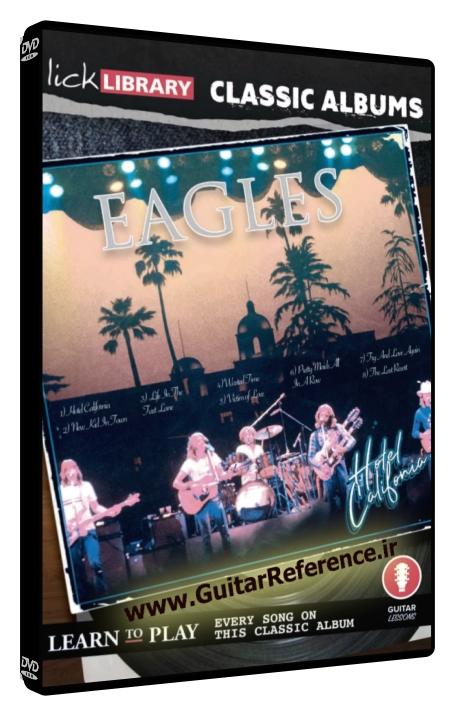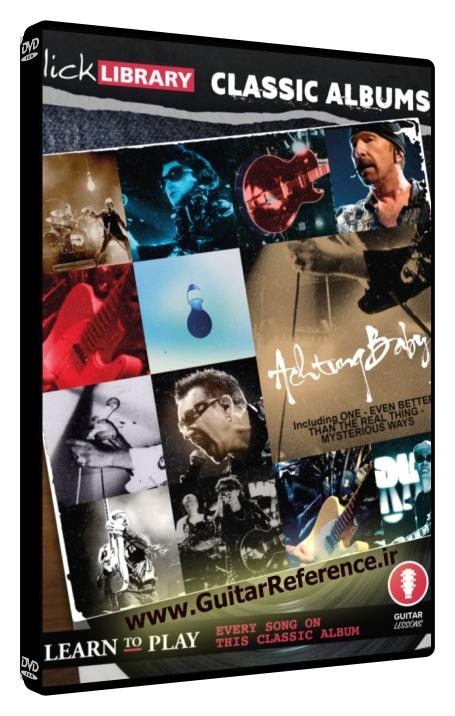Classic Albums – Electric Ladyland (Jimi Hendrix)
by Danny Gill
Product Size: 3.13 GB (WEBRIP)
37.99 $ 3.99 $
Description
Electric Ladyland: An Exploration Through The Eyes of a Guitarist
Electric Ladyland is the magnum opus of the guitar virtuoso James Marshall Hendrix, better known as Jimi Hendrix. A true embodiment of groundbreaking technique and visionary soundscapes, this double album pushes the boundaries of what was previously thought possible with a guitar. Here, we delve into each track, examining the various scales, solos, and techniques employed by Hendrix.
Released in October 1968, Electric Ladyland was Jimi Hendrix’s third and final album with the original Experience line-up, and found him taking his funk and psychedelic sounds to the absolute limit. The result was not only one of the best rock albums of the era, but also arguably the best studio album the Jimi Hendrix Experience produced in their brief career together.
In this course, Danny Gill walks you through the many highlights of each song from this classic album, including Jimi’s only UK No. 1 single, “Voodoo Child (Slight Return)” plus the timeless tracks “Crosstown Traffic” and “All Along the Watchtower.”
Guitar Lessons in This Course
• Have You Ever Been (To Electric Ladyland)
• Crosstown Traffic
• Voodoo Chile
• Little Miss Strange
• Long Hot Summer Night
• Come On (Let The Good Times Roll)
• Gypsy Eyes
• Burning Of The Midnight Lamp
• Rainy Day, Dream Away
• 1983…(A Merman I Should Turn To Be)
• Still Raining, Still Dreaming
• House Burning Down
• All Along The Watchtower
• Voodoo Child (Slight Return)
Guitar Lesson 1: “And the Gods Made Love”
The album kicks off with “And the Gods Made Love,” a distorted soundscape that serves as a prelude to the musical journey. For a guitarist, there’s not much to glean from this track in terms of traditional guitar techniques. Still, it illustrates Hendrix’s willingness to push boundaries and utilize guitar feedback and effects, a crucial aspect of his unique sound.
Guitar Lesson 2: “Have You Ever Been (To Electric Ladyland)”
“Have You Ever Been (To Electric Ladyland)” is an ode to Hendrix’s envisioned utopia. The song’s main chord progression involves using barre chords to create a dreamy soundscape. Hendrix’s approach to the rhythm guitar subtly employs syncopated rhythms which adds an intricate touch.
Guitar Lesson 3: “Crosstown Traffic”
“Crosstown Traffic” stands as a perfect example of Hendrix’s ability to fuse hard rock riffs with a catchy pop sensibility. The track is driven by a highly energetic rhythm guitar part built around power chords. The main solo leans heavily on the minor pentatonic scale with liberal use of string bending.
Guitar Lesson 4: “Voodoo Chile”
The 15-minute blues jam “Voodoo Chile” is arguably one of the finest examples of Hendrix’s masterful improvisation. The song is grounded in the blues scale, featuring the open-string riffs and bluesy bends that became part of his signature style. Hendrix’s use of the whammy bar for adding extra emotional heft to his soloing is also a key feature of this track.
Guitar Lesson 5: “Little Miss Strange”
“Little Miss Strange” is a simple yet effective exercise in chord progressions and rhythm guitar. A rather subdued track compared to the rest of the album, it showcases Hendrix’s ability to blend rhythm and lead parts seamlessly.
Guitar Lesson 6: “Long Hot Summer Night”
“Long Hot Summer Night” is a straight-up rock track with an R&B backbone. It features a prominent use of alternate picking in the rhythm parts and offers a treasure trove of techniques like double stops and hammer-ons in the lead sections.
Guitar Lesson 7: “Come On (Let the Good Times Roll)”
A cover of Earl King’s “Come On,” this track sees Hendrix showcasing his raw blues roots. It has a repeating blues scale riff and the solo sections demonstrate Hendrix’s skillful string bending and vibrato techniques.
Guitar Lesson 8: “Gypsy Eyes”
“Gypsy Eyes” highlights Hendrix’s ability to weave complex rhythm parts and melodic lead lines. The song’s main riff is a clever fusion of barre chords and hammer-ons, while the solos feature pull-offs and slides.
Guitar Lesson 9: “Burning of the Midnight Lamp”
“Burning of the Midnight Lamp” stands out due to its use of a wah-wah pedal. The song is a showcase of Hendrix’s expressive playing, with heavy use of vibrato, string bending, and hammer-ons.
Guitar Lesson 10: “Rainy Day, Dream Away”
“Rainy Day, Dream Away” displays Hendrix’s affinity for jazz-infused chord progressions and complex rhythm sections. The lead guitar part uses slides and trills in a casual, conversational style.
Guitar Lesson 11: “1983…(A Merman I Should Turn to Be)”
This epic track takes listeners on a sonic journey under the sea. It involves arpeggiated chord progressions, sustained notes, and generous use of effects to evoke the aquatic theme. Hendrix’s use of octaves adds to the ethereal quality.
Guitar Lesson 12: “Moon, Turn the Tides…Gently Gently Away”
This is another atmospheric track, similar to the album’s opener. It’s more of a sonic experiment than a traditional song structure but illustrates Hendrix’s innovative use of guitar sounds.
Guitar Lesson 13: “Still Raining, Still Dreaming”
This track brings back the rhythm and lead guitar work from “Rainy Day, Dream Away,” adding a funkier twist with the wah-wah pedal.
Guitar Lesson 14: “House Burning Down”
“House Burning Down” is one of the album’s heavier tracks, with an aggressive main riff that leans heavily on power chords. Hendrix’s soloing on this track is remarkable, demonstrating fast alternate picking and chromaticism.
Guitar Lesson 15: “All Along the Watchtower”
“All Along the Watchtower,” a Bob Dylan cover, features some of Hendrix’s most iconic guitar work. The arpeggiated chord progressions and solos offer a brilliant study in Hendrix’s ability to interpret and redefine a song.
Guitar Lesson 16: “Voodoo Child (Slight Return)”
The album’s final track, “Voodoo Child (Slight Return),” is a shorter reprise of “Voodoo Chile.” Here, Hendrix puts his virtuosity on full display with the use of the minor pentatonic scale, whammy bar tricks, and extended solo sections filled with legato runs, vibrato, and string bending.
Lead Guitarist: Jimi Hendrix
Throughout Electric Ladyland, Hendrix showcases his pioneering approach to the guitar. He incorporated a myriad of techniques, from conventional to unconventional, and used an array of equipment to pioneer sounds that had not been heard before.
His use of fuzz distortion, octave fuzz, and wah-wah pedal, combined with his unique playing style, resulted in some of the most iconic guitar sounds in history. His approach to soloing, frequently using the pentatonic and blues scales, was experimental and unpredictable, and his rhythm playing, often utilizing intricate chord voicings and embellishments, was equally groundbreaking.
Hendrix’s contribution to this album, both as a guitarist and as a sonic architect, was truly extraordinary, solidifying his legacy as one of the most influential guitarists of all time.
Techniques Used in Electric Ladyland
• Vibrato
• Alternate Picking
• Double-Stop Bends
• Whammy Bar Tricks
• Syncopated Rhythms
• Power Chords
• String Bending
• Bluesy Bends
• Open-String Riffs
Whether you’re a seasoned guitarist or a beginner, the exploration of Hendrix’s work on Electric Ladyland offers a unique opportunity to delve deeper into the artistry of one of rock’s most legendary figures. This album, encapsulating the breadth of Hendrix’s musical vision and groundbreaking guitar technique, remains an essential listen for any aspiring guitarist.
